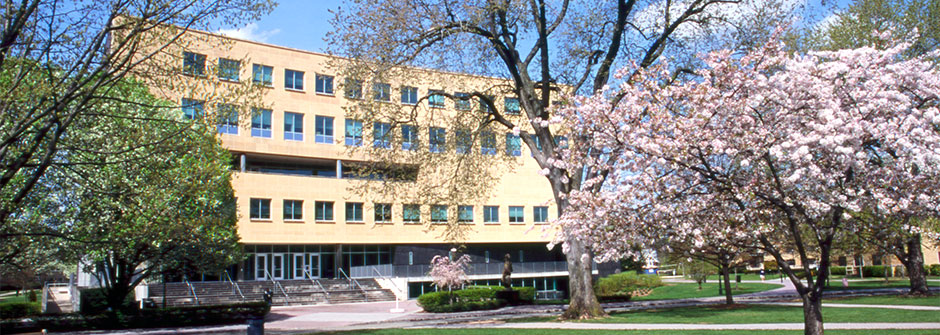
About Department of Education Leadership, Management and Policy
The Department of Educational Leadership, Management and Policy is dedicated to serving and developing aspiring and current leaders. We prepare them to confront the extraordinary pressures on educators and the need to overcome sociological dynamics to help all students learn.
Graduates pursue leadership roles in a variety of organizations, such as public and private P-12 schools, higher education institutions, law enforcement agencies, and non-profit and policy organizations. The Department offers a robust portfolio of certificate, master’s, educational specialist and doctoral programs. Each program is individualized to meet students’ strengths and professional goals. Values like excellence, compassion, service, diversity, equity and inclusion, and visionary and ethical leadership are hallmarks of these programs.
Students are grounded firmly in their chosen discipline, with access to a robust, cross-disciplinary curriculum and real-world collaborations that connect education with communication, design, art, and media to create change. This dynamic approach sets our students apart – equipping them to lead in a variety of fields and solve pressing problems in their communities and beyond.
The Department is housed in state-of-the-art facilities on Seton Hall’s South Orange campus. Programs occur in hybrid and online modalities. In-person classes occur during evenings and on weekends to meet the needs of working professionals. Online programs include a thoughtful mixture of synchronous and asynchronous learning to accommodate students’ busy schedules and support rigorous and quality learning.
Location and Facilities
With six stories and more than 126,000 square feet of academic space, Jubilee Hall provides a home for the College of Human Development, Culture, and Media. It contains faculty and administrative offices and 30 teaching spaces, from seminar rooms that seat eight people to an auditorium seating 390.
It also features a central, three-story sky-lit atrium where students and faculty can congregate informally. A major feature of the building is the technological capabilities it brings to the teaching and learning processes. These include fixed and flexible seating classrooms with the most contemporary information and distance-learning technologies that facilitate the transmission of lectures all over the world; laboratories with one-way observation mirrors; and classrooms with terminals for portable computers.
The Department offers a variety of graduate and certificate programs.
View the listing of programs »

